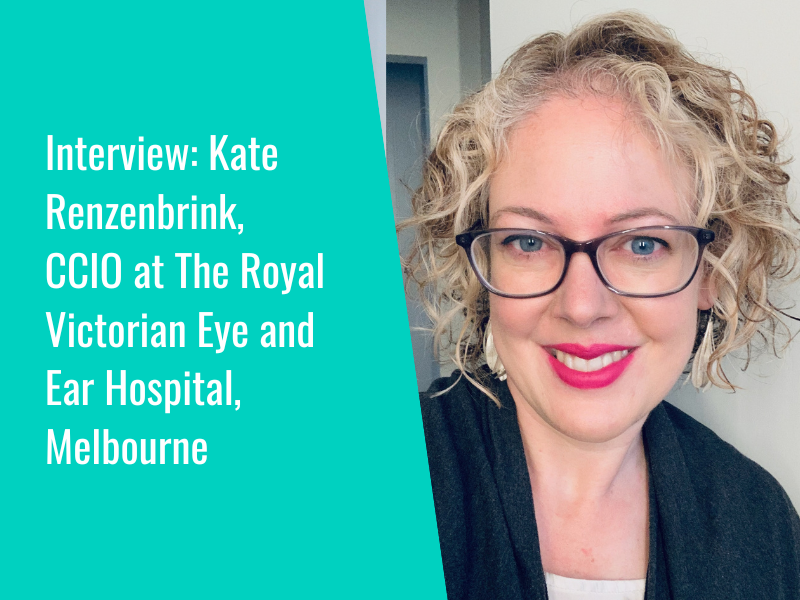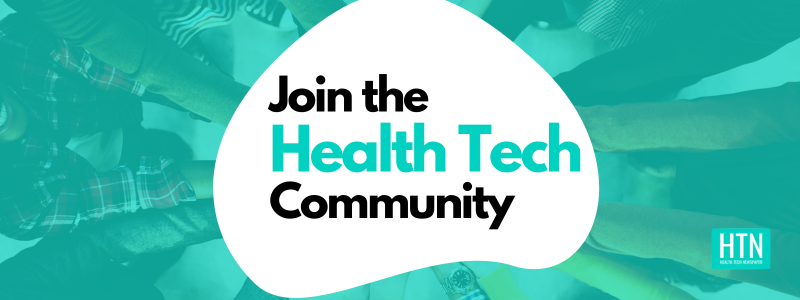The Australian Government has highlighted the publication of the National Healthcare Identifiers Roadmap from the Australian Digital Health Agency, running until 2028 and described as a strategic plan to drive uptake and encourage use of healthcare identifiers on a more consistent basis, to help ensure certainty about who is being treated.
The roadmap sets out steps to be undertaken over the next five years across key areas including legislation and policy; architecture and data standards; improvements in data matching and data quality; operational improvements to governance.
Activities include improving the quality and accuracy of the Health Information Service and its associated data; enhancing its functionality and usability; enabling innovation; and increasing adoption across the health sector.
Peter O’Halloran, chief digital officer for the Australian Digital Health Agency, said that the roadmap “outlines a vision for the broad adoption of national healthcare identifiers to enable a connected and interoperable health system where every person, healthcare provider and organisation can be accurately and quickly identified”.
O’Halloran also called healthcare identifiers “the linchpin for safe, secure and seamless information sharing” in “near real time”, and spoke of his hope that they would “empower Australian healthcare consumers to have continuous care across all healthcare facilities in every corner of Australia”.
Simon Cleverley, the assistant secretary of the digital health branch of the Department of Health and Aged Care, said that the roadmap is the result of work with states and territories toward a more connected health system.
In related news, the Australian Digital Health Agency (ADHA) has published a notice highlighting intention to source solutions and services in support of the vision to “transform national infrastructure and move to a contemporary, structured data-rich ecosystem capable of connecting systems across settings and supporting real-time access to information for the patient and the broader care team – anywhere, anytime.”
- 1
- 2

















